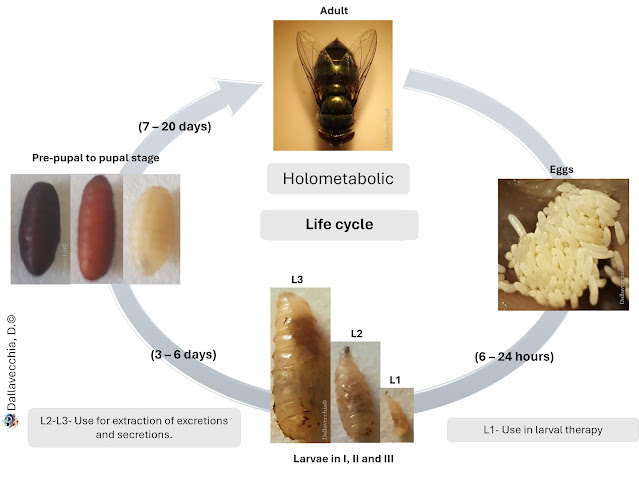Figure 1 Scheme of the complete biological cycle of dipterans
The life cycle of flies is called holometabolic; that is, the fly goes through complete metamorphoses. The adult female lays an egg mass of around 150-200 eggs at a time and, during her lifetime, can lay up to 2000 eggs (this also depends on each species). About 6 to 24 hours later, the larvae begin to hatch. This time may vary depending on the temperature. Temperatures that are not considered ideal make the cycle longer.
When the larvae have been fed enough to continue their development, they look for a place far from the food source and with some depth to hide, where they are buried to begin the pupal stage. The formation of the pupa consists of the pre-pupa phase, where the shortening, hardening, and darkening of the color of the exoskeleton begins, where substances, such as chitin, will form an impermeable protective layer, preventing the loss of water to the environment.
A new fly emerges through an alternation between dilation and contraction of the ptilinum liquid in the fly's head, which ruptures the puparium, allowing the pupa to move out. The adult fly can also be called an imago.
Adults feed on a source of carbohydrates and look for protein as a substrate for their development. During the first five days after birth, females need a source of protein to develop their ovarian follicles.
Mating begins around the sixth day but may vary depending on the species.
Figure 2 Larvae hatching from eggs
In this picture, you can see some larvae hatching from the eggs. The larvae hatch and begin to feed voraciously.
Figure 3 Surrounded in red pre-pupa, forming pupa with greater chitin pigmentation, fully formed pupa.
Figure 4 Young adult that has just emerged from the pupa, still light in color.
Figure 5 During copulation attempts, the male hits the female's body with his front paws and tries to obtain genital contact.
Copyright: You can use the images if you mention the author's name: Picture By Daniele Dallavecchia, Portugal.
References:
Lourinho Dallavecchia, D., Pedroso Ferraz, A.C., Silva de
Miranda, G., Sousa da Silva, A. and Magalhães-de-Aguiar, V. 2015. Comparative Study Between Chicken
Gizzards and Beef as Diets and its Influences on the Post-Embryonic Development
and Longevity of Chrysomya megacephala (Fabricius) (Diptera: Calliphoridae).
EntomoBrasilis. 8, 1 (Apr. 2015), 17–23. DOI:https://doi.org/10.12741/ebrasilis.v8i1.454.
Joyce
Laing; On the Ptilinum of the Blow-fly (Calliphora erythrocephala). J Cell Sci
1 June 1935; s2-77 (308): 497–521. doi:
https://doi.org/10.1242/jcs.s2-77.308.497
Giovanni
Benelli, Donato Romano, Looking for the right mate—What do we really know on
the courtship and mating of Lucilia sericata (Meigen)? Acta Tropica,
Volume 189, 2019, Pages 145-153, ISSN 0001-706X,
https://doi.org/10.1016/j.actatropica.2018.08.013






No comments:
Post a Comment